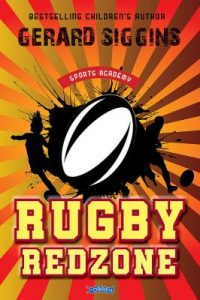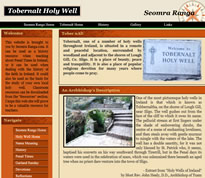 “Rugby Redzone” by Gerard Siggins is set in the present day in a sports academy called Atlantis which is in a submarine. The submarine goes to different places all over the world and meets other children who join their academy. They entered the kids Rugby World Cup even though most of them could not play rugby.
“Rugby Redzone” by Gerard Siggins is set in the present day in a sports academy called Atlantis which is in a submarine. The submarine goes to different places all over the world and meets other children who join their academy. They entered the kids Rugby World Cup even though most of them could not play rugby.
They meet their coach Kelly and she teaches them how to play sevens which is like rugby but with less players and faster moving. They learn lots about different places in the world. When they get to the Rugby World Cup they do really well and get to the final where they meet the Russian Team who have caused lots of trouble during the competition.
Atlantis are quite suspicious because the Russian players look a lot older than them. Kelly finds out that two of their players are 18 when its an under 13s competition and the two players get disqualified. Atlantis play them in the final and win.
l love when stories are set in schools and the fact that their school was a submarine disguised as an island was fantastic. I liked that not a lot of people in the book knew how to play rugby at the start, so even if you knew nothing about rugby you could learn about it with the characters and become more interested in getting into the sport.
I loved how the book was started where Kim went for a walk in the submarine. The end where they were playing their matches was brilliant and it was very funny when they were playing Ireland. My favorite character was Jess because I found her very funny especially when they were surrounded by polar bears.
If I could change anything I would give Kelly a bigger part in the book because she is a really nice coach and the kids favorite teacher. I would love to have a coach like her.
I would recommend this book for ages 7-12 and I would rate this book 9/10.
Chloe, 5th Class Loreto Primary School, Dalkey, Co. Dublin.
“Rugby Redzone” by Gerard Siggins, published by O’Brien Press, is now on sale for €8.99
Disclaimer: This book was provided by the publisher, O’Brien Press, free of charge to Seomra Ranga for the purposes of this review





